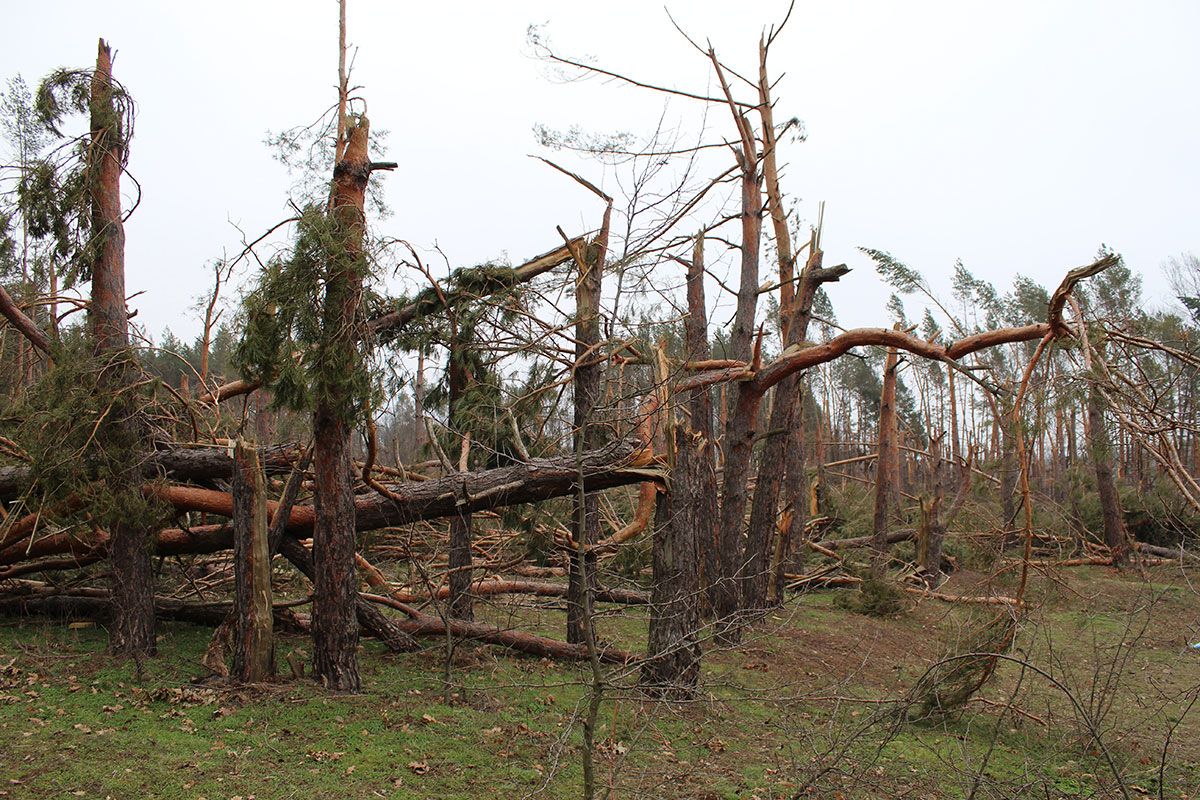National BBQ Week: Fire Up the Fun (Without the Fuss) This Summer
National BBQ Week: Fire Up the Fun (Without the Fuss) This Summer
A Sizzling Summer Memory… with a Twist
The last Saturday of May was always sacred in the Jacobs household in Frinton-on-Sea. Dad would dust off the old charcoal grill, Mum would prep the infamous potato salad, and the kids—armed with water balloons—would declare war on the neighbours’ kids by 2pm sharp. National BBQ Week was more than a tradition; it was an event. But last year, disaster struck. A wobbly grill leg sent a tray of sausages toppling into the flower bed, the dog got into the coleslaw, and—worst of all—the hose didn’t work when the smoke started billowing.
It was still a laugh in hindsight (especially the dog’s dreamy look after polishing off a kilo of salad), but it got them thinking: how many little BBQ mishaps are just waiting to happen?
As National BBQ Week kicks off on 26th May, here’s how to stay safe, avoid the drama, and keep the good vibes going—all with a little help from your friends at Infinity Home Services.

BBQs, Bumps and Blunders: What to Watch For
Barbecues are brilliant, but they come with a few hidden hitches. Here’s a look at the common pitfalls—and how to dodge them.
1. The Flaming Fiasco
Barbecues and dry gardens don’t always mix. In the UK, barbecue-related fires spark around 240 incidents annually. It’s easy to get caught up in the burgers and banter, but a quick breeze and an unattended grill can mean trouble.
✅ Top Tip: Place your BBQ on a flat, non-flammable surface—concrete patios are ideal—and always have a bucket of water or sand nearby (superhero cape optional).
2. The Chicken That Bit Back
Nothing crashes a party like food poisoning. The Food Standards Agency reminds us that undercooked meat—especially chicken—can cause some pretty nasty illnesses (Food.gov.uk).
✅ Top Tip: Use a meat thermometer! Chicken should hit 75°C in the thickest part. If you’re not into gadgets, remember: no pink, juices run clear, and the dog should not be your taste tester.
3. The Smoky Showstopper
Neighbours love the smell of a BBQ… until the wind shifts. Excessive smoke can lead to complaints and even fines under the Environmental Protection Act.
✅ Top Tip: Keep your BBQ at least two metres from fences, hedges or flammable décor. And maybe check the forecast for wind direction—it’s not cheating, it’s planning.
4. Wildlife Woes
Did you know certain birds nest in low hedges and bushes right through summer? A surprise bonfire of sausages might ruin more than your garden party.
✅ Top Tip: Keep BBQs away from thick garden borders, and consider a post-party sweep for stray skewers or foil trays that could harm curious critters.
A Helping Hand from Infinity Home Services
Based in North Essex and South Suffolk, Infinity Home Services helps local homeowners make the most of summer—without the stress. From trimming overgrown hedges (that can turn into fire hazards) to fixing dodgy hosepipes and inspecting patios for safe BBQ setups, we’re here to make sure your garden is BBQ-ready.
We even offer garden tune-ups so your space looks its best before the neighbours arrive—with or without balloons.
National BBQ Week: Grill, Chill, and Keep It Safe
National BBQ Week is the perfect excuse to get outside, fire up the coals, and make memories. But a bit of preparation can go a long way toward avoiding the kinds of problems that turn a party into a panic.
So this summer, why not make your BBQ both brilliant and blunder-free—with a little planning, a few laughs, and just maybe, a helping hand from the experts?
Are you ready to host the safest, happiest BBQ on the street this year? 🔥🍔
Contact Us
If you need getting any assistance in getting your garden BBQ-ready for the summer, Infinity Home Services is here to help! For any of our services; whether it’s a once over of the lawn to get it ready, or creating the outdoor kitchen of your dreams, simply call us on 0800 148 8088, or complete the form below:







